Change Language :
Ethernet cables for high speeds
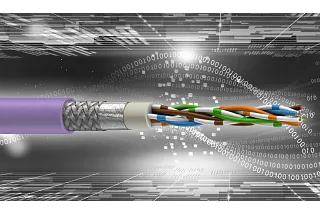
What are ethernet cables?
Ethernet is the most widely used standard for local area network (LAN) cabling. Although transmission rates of up to 400 Gbps are currently specified, the current state of the art allows a maximum speed of 40 Gbps. Ethernet cables are divided into categories (Cat) from CAT3 to CAT8. While CAT3 is generally no longer used, CAT5-CAT7 are common in the industry. However, the CAT5e standard is still the most widely used in automation technology. PROFINET and ETHERCAT, which are based on the Ethernet standard, are also derived from it.
Ethernet is the standard in automation technology. Both mechanical engineering and image processing systems use Ethernet-based bus systems. The high data transmission also makes it possible to implement requirements in the area of Industry 4.0.
chainflex® ethernet cable options
Background on igus's ethernet range
The igus® chainflex® cable product range includes a variety of Ethernet bus cables. A total of 32 different Ethernet cable types are available in CAT5, CAT6, and CAT7 from nine different cable ranges for various application areas. All chainflex® Ethernet cables are designed for continuous movement in energy chains. Depending on your requirements, you can choose among various PVC, PUR, and TPE outer jackets. The various bus cable series offer different performance levels, so that the right cable can be chosen for each application area to maximise service life.
All chainflex® bus cables have one thing in common. All chainflex cables are subject to the same quality standards, from cost-effective CF888 cables to cables for the highest demands and smallest bend radii, as is the case with the CFBUS.LB range. This is why igus® also offers a 48-month functional guarantee on all chainflex® cables with a service life of up to ten million double strokes.
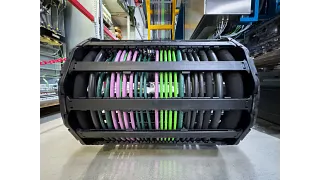
Application areas for Ethernet cables
Ethernet cables are available for different applications. Ethernet cables are often fixed in machines and systems so that cost-effective cables with a solid conductor or a flexible conductor consisting of seven strands can be selected.
Applications in energy chains require Ethernet cables with fine-stranded wires. A cable structure tailored to movement in energy chains is also necessary to guarantee secure data transmission over the years. This is why chainflex cables have established themselves, especially in equipment and machines such as robots, packaging machines, production machines, and machine tools.
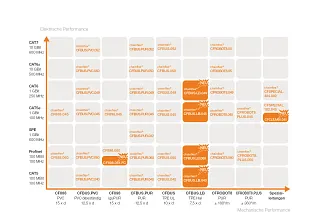
Depending on cable range, chainfle® network cables are mechanically designed for travel distances of up to 400m or more, but the bus system data rate decreases as cable length increases. The Ethernet specification describes a total cable length of 100m. Here, however, 90m installation cables and 10m patch cables (2x5m) are provided for. A total of up to 100m can be achieved with fixed installation. Our experience with highly flexible Ethernet cables for energy chains shows that cable length between two Ethernet participants can be up to 50m. But this length depends on the cable category (CAT5, CAT5e, CAT6, CAT6A, or CAT7), environmental conditions, and application requirements. For long travels, we therefore recommend using fibre optic cables, which allow cable lengths of several hundred meters (up to 2km).
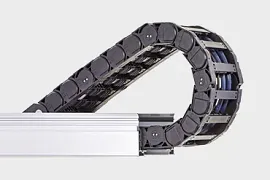
Are you looking for an chain for your cable?
Find out more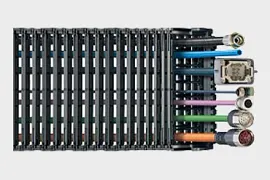
.....or do you require a fully harnessed version?
Find out moreContact us
Contact details

Opening hours
Office hours
Monday to Friday from 8 am - 8 pm.
Live chat:
24h




